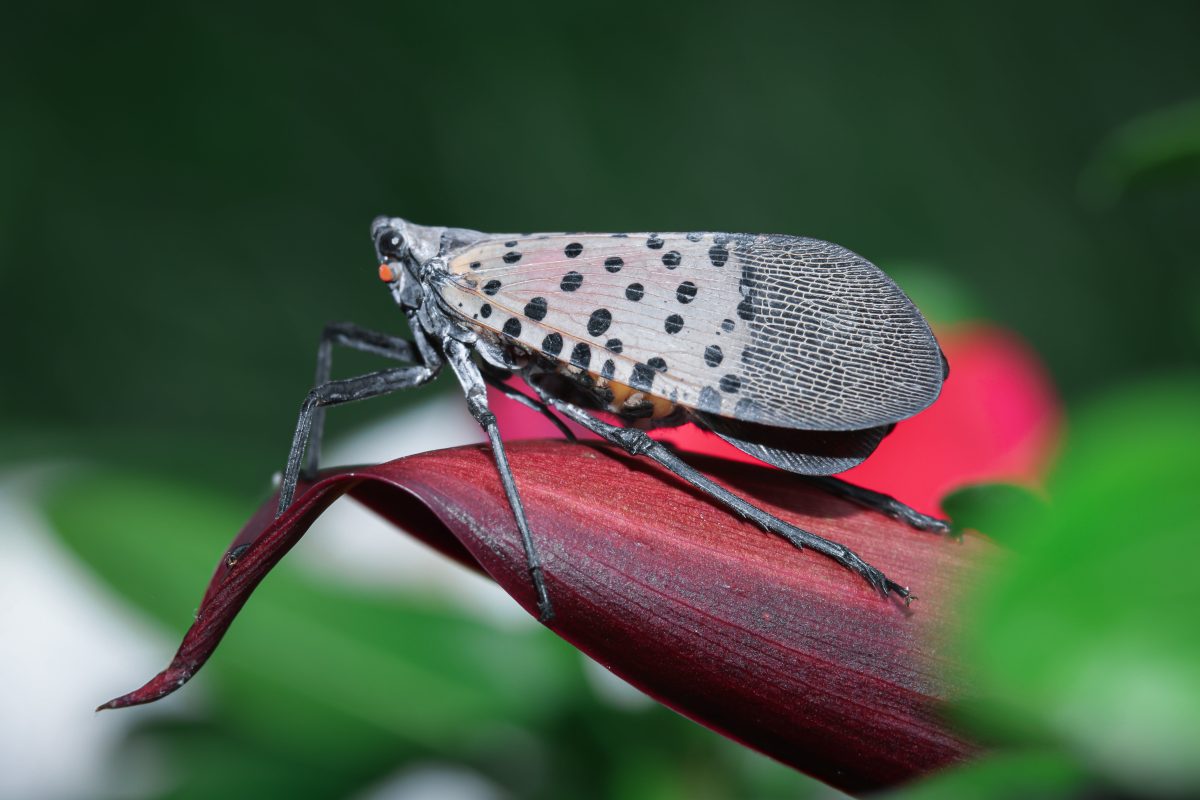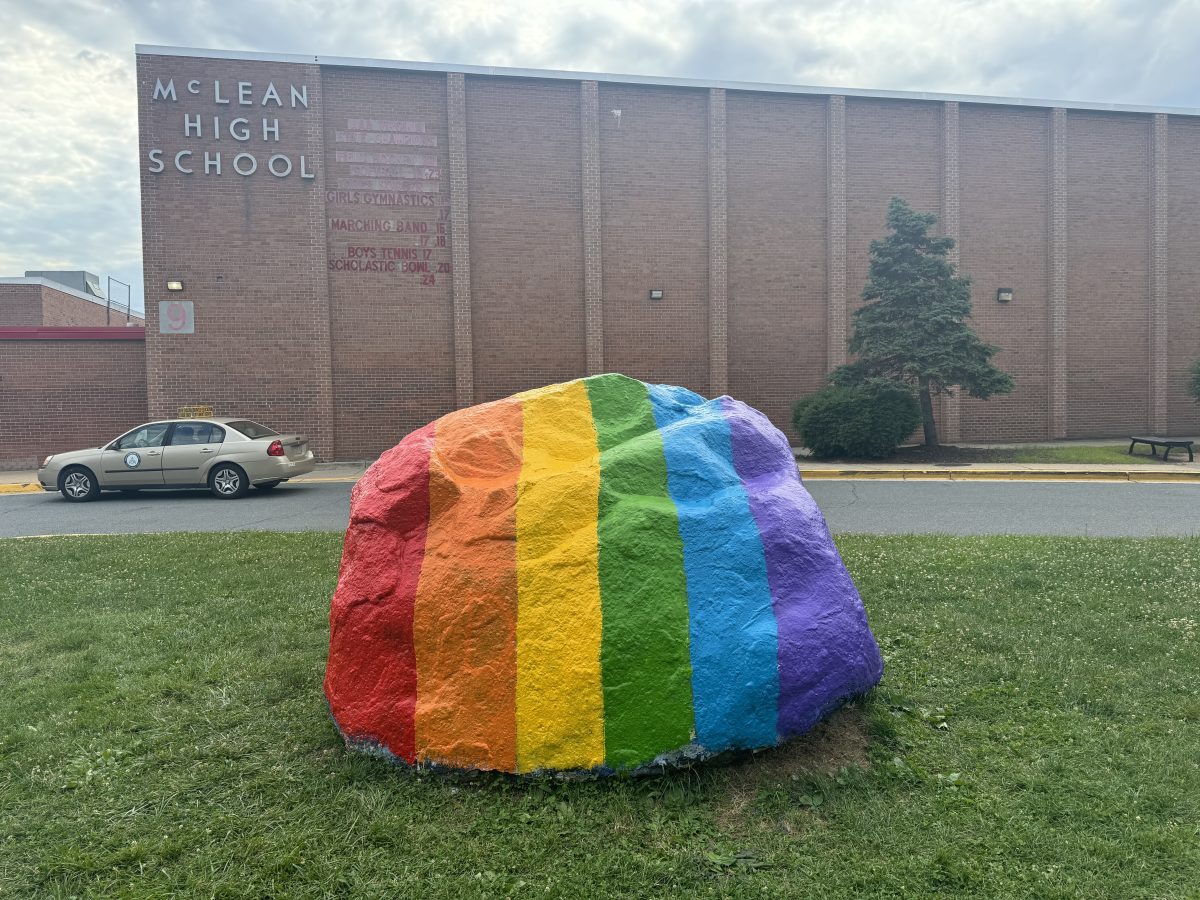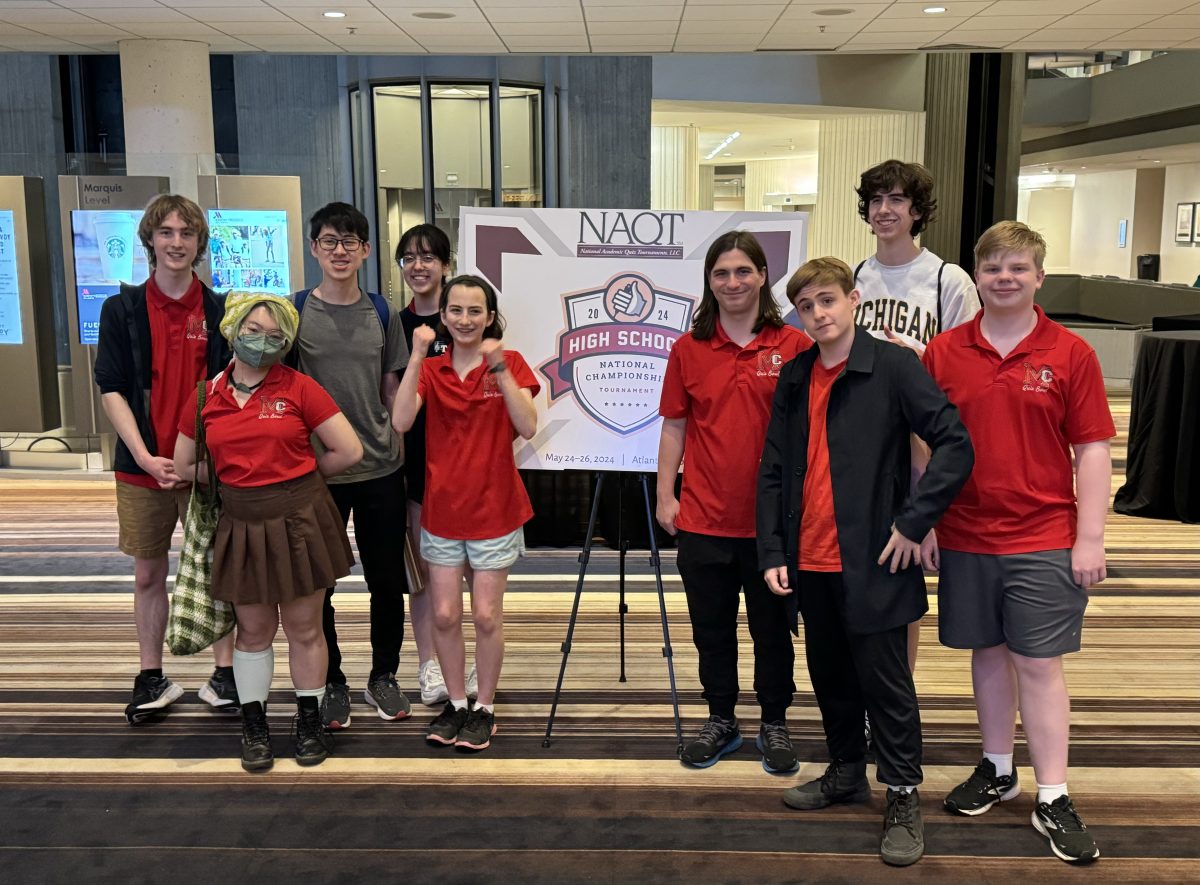Vibrant red-accented wings and beautiful distinct silhouette–at first glance, viewers can easily be enthralled by the spotted lanternfly. The insect can cause large-scale agricultural disarray and harm local ecosystems.
Native to China, the spotted lanternfly is thought to have been brought to the U.S. in the mid-2010s. In 2014, the first spotted lanternfly infestation was discovered in Pennsylvania. Since then, spotted lanternflies have been found in 14 states across the United States, including Virginia and in the McLean area.
Recently, the spotted lanternfly has been spotted in unusually high numbers in Northern Virginia. While they pose no risk to humans, lanternflies are a danger to more than 100 trees and plants. The insects suck the sap from plants and trees, weakening them, and leave behind a sticky residue that can facilitate the growth of fungal disease.
With the spread of the spotted lanternfly, people across the nation are taking to social media to spread awareness on the issue of invasive species threatening local wildlife.
“I think it’s beneficial for the community, as it allows information about the spotted lanternfly and the danger it [opposes] to local wildlife, to be shared directly to the people,” junior Jude Elhadi said. “It’s a win-win.”
McLean students also shared their observations on the impending spotted lanternfly “epidemic” spreading throughout Northern Virginia.
“I found out on social media,” junior An Doan said. “They showed different solutions on how to kill them, and I found out about the mass infestation of them in New York and how they were spreading.”
She described how the coverage on social media allowed her to be prepared when she came across the organism in her area.
“I saw one, and I knew what I had to do,” Doan said. “I was carrying a bag so I dropped it on top of [the spotted lanternfly], and I stepped on it to make sure.”
In addition to stomping on the flies, students have adopted more creative solutions, such as homemade spotted lantern fly spray.
“I found out online that spotted lanternflies can be killed with the use of white vinegar,” junior Idil Hashi said. “When I first heard about it, I thought it would be [an interesting solution] if we created a border around certain areas with white vinegar, so that way they stay away from unwanted communities and farmland.”
Aside from the numerous inordinate solutions proposed to oppose the impending spread of the spotted lanternfly, the Virginia Department of Agriculture and Consumer Services (VDACS) highlights measures everyday residents can take to help resolve the issue.
Faculty and students can make active efforts to exterminate any spotted lanternflies they come across. The U.S. Department of Agriculture strongly encourages people to stomp, swat, or squish lanternflies when they see them. Crush and scrape lanternfly egg masses into sealable bags and dispose of them.
Students and staff who own vehicles should also check their car for potential spotted lanternflies along with their nymphs or eggs. They should also ensure to park with their car windows closed to prevent potential hitchhikers. Accidental transportation is the main contributor to the spread of invasive species.
Individuals can also contribute to the cause by reporting sightings of the spotted lanternfly in Virginia to Fairfax county officials. The Fairfax County website urges residents to send in photos to the iNaturalist app, or directly to the Fairfax County report email at [email protected], or by calling 703-324-5304. This allows county officials to log and keep track of the spotted lanternflies spread within the community, and aids them in efforts to stop the spread.
Spotted lanternflies return to East Coast
Invasive species takes aim at Northern Virginia
Jermaine Lewis
The spotted lanternfly is an invasive species in the United States native to parts of China and Vietnam. It is often identified by its gray wings with red undertones.
Donate to The Highlander
$210
$1000
Contributed
Our Goal
Your donation supports the McLean High School's independent, award-winning news publication.








